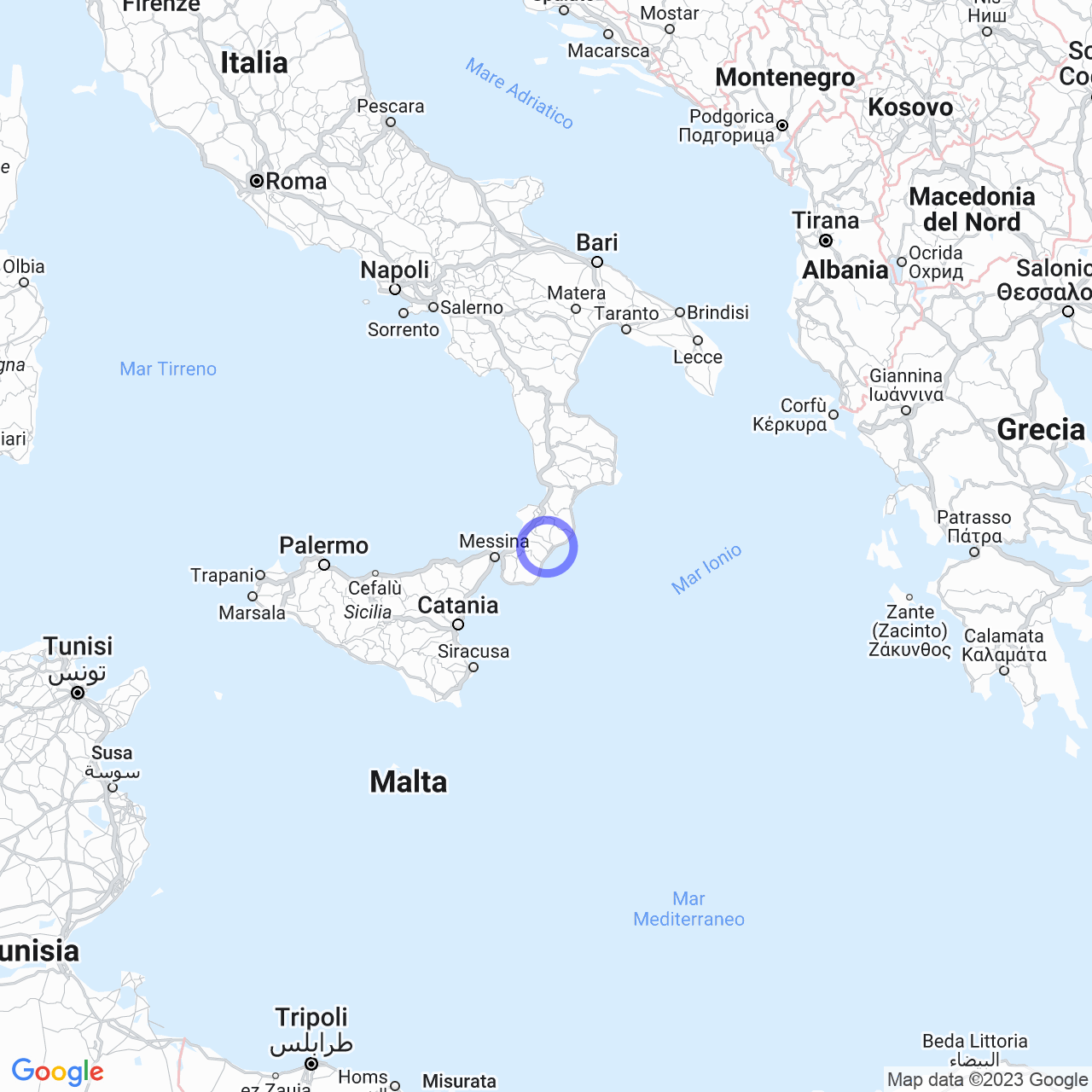Agnana Calabra
A bit of history about Agnana Calabra
Agnana Calabra is a small municipality in the province of Reggio Calabria, with a very ancient history. In fact, it dates back to 1343 when it was built near a Basilian monastery located on the top of Mount Sant'Agnana. The name derives precisely from this location.
The municipality was founded by the Baron of Mammola, who, to increase the fiefdom, had those responsible for guarding the numerous herds in the area settled there, as well as some peasant families for cultivating the land. Over the centuries, Agnana changed hands until it became a hamlet of Mammola.
The earthquake of 1783 destroyed many buildings, including the church of the patron Saint Basil, which was rebuilt but then almost destroyed again by a hurricane in 1885. In 1846, Ferdinand II of Bourbon visited the area to see the lignite and anthracite mining deposits, which constituted solid hopes of employment and development for the surrounding populations.
The anthracite extracted in Agnana was used to build the Italian railway line (Rome-Frascati) in 1882 and was an important tool for economic development in the area.
The water springs of Agnana Calabra
One of the greatest riches of Agnana Calabra is its mineral water springs. Unfortunately, these springs are little known, even though they have been classified as "Termominerali," suitable for treating various diseases.
There are four water springs in Agnana Calabra, including a sulfur spring, two chlorinated springs, and a ferruginous-sulfur spring, located in the Junchi area. Nearby, there are still the ruins of some pools that were used in the past for therapeutic treatments.

The evolution of Agnana Calabra
Agnana Calabra was a village of Canolo until 1841 when it was elevated to a municipality. In the 1930s, the municipality was consolidated entirely at the expense of the State.
Among the illustrious personalities born in Agnana Calabra, there is Rocco Nicola Sità, defined as an anarchist and "advocate of ideas not tolerable by the fascist regime."
Conclusion
In summary, Agnana Calabra is a municipality with a long and interesting history. Its past has been marked by earthquakes and other difficulties, but now it offers visitors the opportunity to discover its mineral water springs, as well as its natural landscape and local culture. If you are looking for an unspoiled and authentic place to spend a vacation, Agnana Calabra deserves to be visited.
